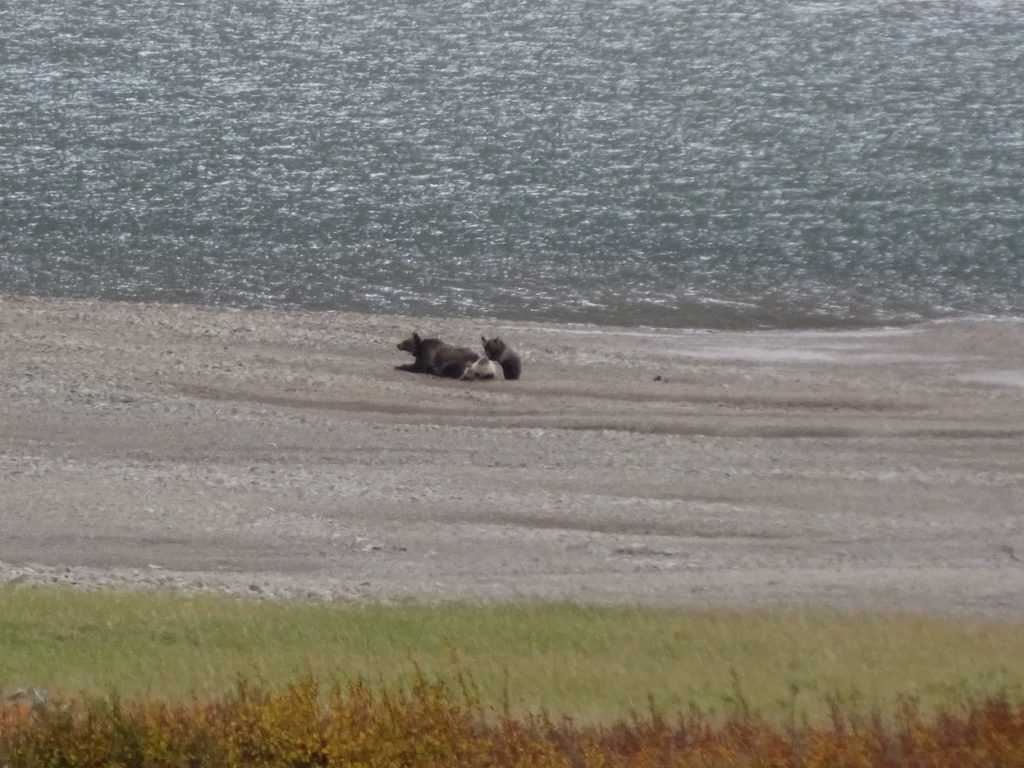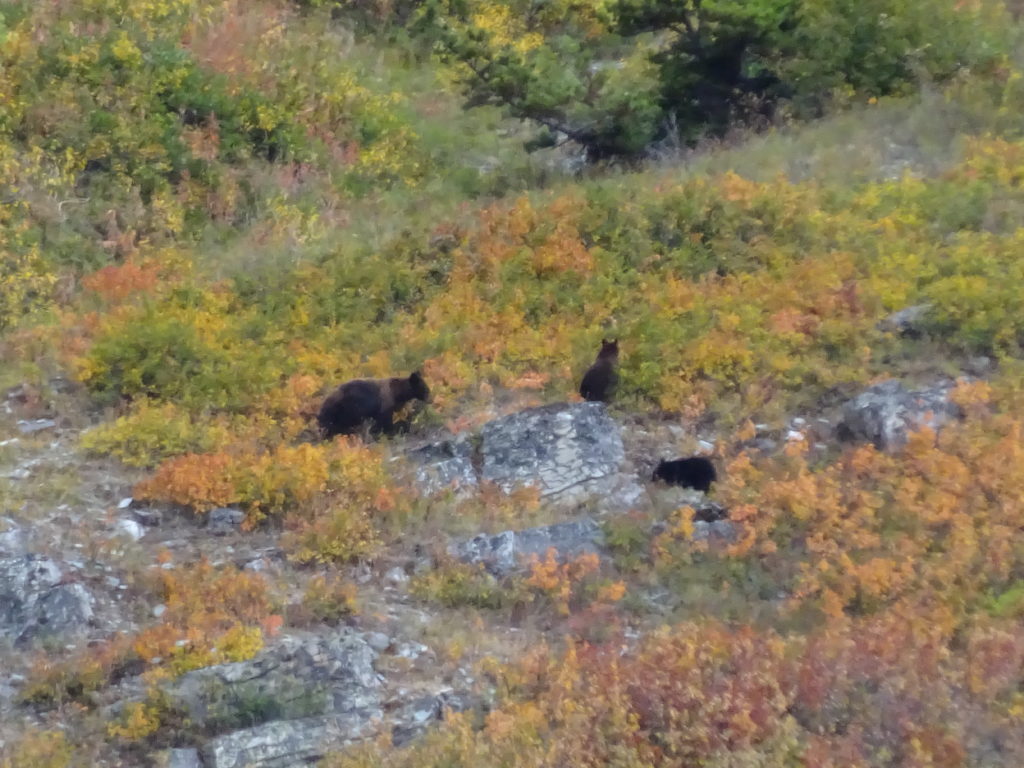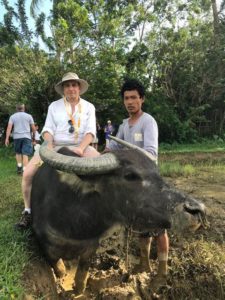 The Philippines consists of 7,641 islands, although about 500 of them disappear at high tide. While the nation has growing industrial and service industries, about 30% of the labor force remains in agriculture, with rice as its biggest commodity.
The Philippines consists of 7,641 islands, although about 500 of them disappear at high tide. While the nation has growing industrial and service industries, about 30% of the labor force remains in agriculture, with rice as its biggest commodity.
I’ve always had a special affinity for rice. One of my first assignments as an environmental consultant was to tour the southern US to locate collaborators for a study for a new rice pesticide. I roamed the fields of Louisiana, Arkansas, Mississippi, and Texas. Years later I found myself in southeast Asia noting the prevalence of rice (and noodles) in the diet.
During my recent trip to the Philippines I had several occasions to get a better understanding how important rice is the to the local diet and way of life. Here’s just one example. I visited the Motag Living Museum on the northwestern tip of Panay Island, a short speedboat ride from the tourist island of Boracay. The museum consists of a series of traditional huts and workspaces. Women show how traditional crafts – baskets, toys, clothes, tools – are made, while both men and women highlight the methods of ploughing, harrowing, planting, threshing, pounding, and then cooking, rice.
Rice is a basic source of starch, much like pasta and potatoes in Europe and the United States, but I was surprised to learn that they also make the equivalent of popcorn (pop-rice?) and hard grain rice snacks. Rice fibers can also be used as toilet paper. I passed on the invitation to roll up my pants and plant new rice fronds in the muddy rice field, but jumped at the chance to ride a water buffalo (called a carabao in the Philippines) around the same mud plot. I also used a bamboo pole as a bucket to lift water from a well, fill another bamboo pole as a carrier, and tote the water to an area for washing and showering.
 My science education also didn’t stop with rice. Motag also showed us how to hack coconuts out of their outer husk using a sharp stick, then use another sharp stick to break up the coconut meat into flakes. We also got to taste coconut water and coconut milk. Coconut also played a role (no pun intended) as “paper” at the local toilet hole. Mixing coconut flakes with water makes a handy shampoo, while a coconut and leaves blend works great as a natural soap. These seemed to work better than the leaves sometimes used at the hole and sometimes to sandpaper the bark off trees (for which it worked way too well). Later I would enjoy the traditional coconut pie and 80-proof coconut wine/liquor.
My science education also didn’t stop with rice. Motag also showed us how to hack coconuts out of their outer husk using a sharp stick, then use another sharp stick to break up the coconut meat into flakes. We also got to taste coconut water and coconut milk. Coconut also played a role (no pun intended) as “paper” at the local toilet hole. Mixing coconut flakes with water makes a handy shampoo, while a coconut and leaves blend works great as a natural soap. These seemed to work better than the leaves sometimes used at the hole and sometimes to sandpaper the bark off trees (for which it worked way too well). Later I would enjoy the traditional coconut pie and 80-proof coconut wine/liquor.
I finished up my visit with a cup of hot lemongrass and ginger tea, followed by leaf-wrapped sticky rice.
The short local minibus ride back to the boat squeezed passed the row of moto-tricycles waiting for their charges as the local high school emptied out its students. Along the way back to the pier we saw acres and acres of rice fields squeezed between the shoreline and mountains. Much of the Philippines was severely damaged by Super Typhoon Haiyan (called Yolanda in the Philippines) in 2013. A 7.1 level earthquake hit the area a month prior to the typhoon. Luckily, the Philippines gets all its energy from geothermal, wind, solar, and hydroelectric, so they were able to recover fairly well.
Suddenly I feel an urge to eat some pop-rice. Perhaps this is an unexplored market in the west.
David J. Kent is an avid science traveler and the author of Lincoln: The Man Who Saved America, in Barnes and Noble stores now. His previous books include Tesla: The Wizard of Electricity and Edison: The Inventor of the Modern World and two e-books: Nikola Tesla: Renewable Energy Ahead of Its Time and Abraham Lincoln and Nikola Tesla: Connected by Fate.
Check out my Goodreads author page. While you’re at it, “Like” my Facebook author page for more updates!



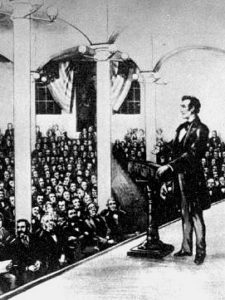 On February 27, 1860, a tall, lanky lawyer from Illinois gave a speech at a place called Cooper Union in New York City. The speech would make Abraham Lincoln president. Sounds a bit hyperbolic to say such a thing, and there were many other factors that contributed to Lincoln’s success that election season, but the speech did more to make his name in eastern society than any other event.
On February 27, 1860, a tall, lanky lawyer from Illinois gave a speech at a place called Cooper Union in New York City. The speech would make Abraham Lincoln president. Sounds a bit hyperbolic to say such a thing, and there were many other factors that contributed to Lincoln’s success that election season, but the speech did more to make his name in eastern society than any other event.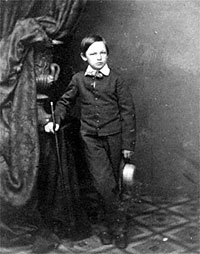 William Wallace Lincoln, “Willie,” died of typhoid fever on February 20, 1862. President Abraham Lincoln and his wife Mary Lincoln were devastated. Willie’s younger brother Tad was also afflicted, but would live. This personal tragedy on top of the ongoing Civil War was almost too much to bear for both of them; Mary would never completely recover. But Willie’s death, and those of 700,000 soldiers during the Civil War, also ushered in advances in the embalming sciences.
William Wallace Lincoln, “Willie,” died of typhoid fever on February 20, 1862. President Abraham Lincoln and his wife Mary Lincoln were devastated. Willie’s younger brother Tad was also afflicted, but would live. This personal tragedy on top of the ongoing Civil War was almost too much to bear for both of them; Mary would never completely recover. But Willie’s death, and those of 700,000 soldiers during the Civil War, also ushered in advances in the embalming sciences.


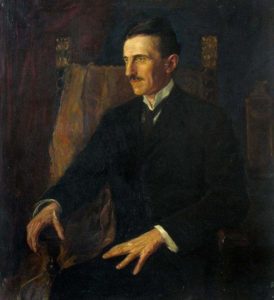 During his illustrious scientific career, Nikola Tesla developed many inventions that changed the world, including his unique design for a rotating magnetic field motor that enabled the use of alternating current on a commercial basis, wireless communication across vast distances, and even early “shadowgraphs,” precursors to X-rays. He also made forays into areas that, while he did not succeed in commercializing, set the stage for future developments, including wireless remote control of boats and other devices (robotics). Tesla did make some grandiose claims that did not come to fruition, the biggest of which included the wireless transmission of power through the Earth, plus a directed energy weapon. He also claimed to have communicated with intelligent beings from the planet Venus or Mars.
During his illustrious scientific career, Nikola Tesla developed many inventions that changed the world, including his unique design for a rotating magnetic field motor that enabled the use of alternating current on a commercial basis, wireless communication across vast distances, and even early “shadowgraphs,” precursors to X-rays. He also made forays into areas that, while he did not succeed in commercializing, set the stage for future developments, including wireless remote control of boats and other devices (robotics). Tesla did make some grandiose claims that did not come to fruition, the biggest of which included the wireless transmission of power through the Earth, plus a directed energy weapon. He also claimed to have communicated with intelligent beings from the planet Venus or Mars.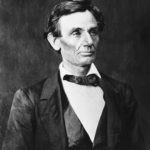 Abraham Lincoln was the first “selfie” nut. His first photograph was in 1846, taken only about seven years after the daguerreotype process was introduced worldwide. Talk about your early adopters. That first photograph was basically a class picture as the newly elected young
Abraham Lincoln was the first “selfie” nut. His first photograph was in 1846, taken only about seven years after the daguerreotype process was introduced worldwide. Talk about your early adopters. That first photograph was basically a class picture as the newly elected young 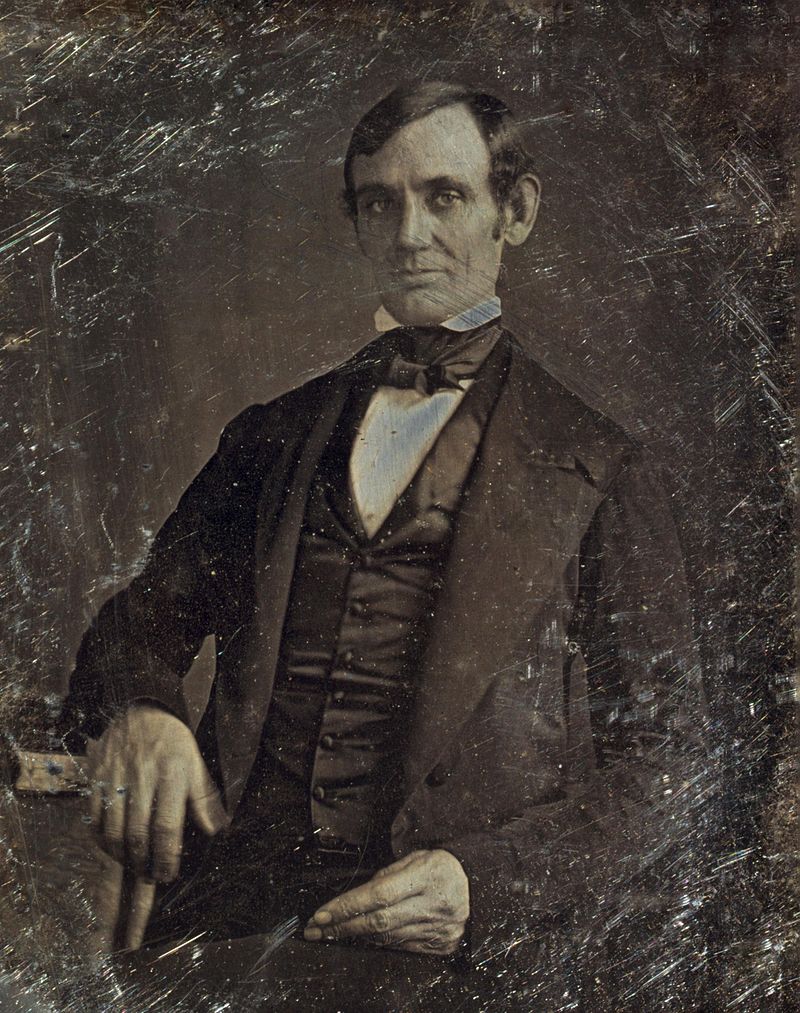 Lincoln went on to have at least 130 photographs taken during the remainder of his life, with the final solo photograph taken in early February of 1865. Two photographs were taken after this. One was a erratically focused crowd shot of him standing on the Capitol steps giving his second inaugural address on March 4, 1964. The other was an unauthorized photo of Lincoln laying in an open casket in New York City following his assassination.
Lincoln went on to have at least 130 photographs taken during the remainder of his life, with the final solo photograph taken in early February of 1865. Two photographs were taken after this. One was a erratically focused crowd shot of him standing on the Capitol steps giving his second inaugural address on March 4, 1964. The other was an unauthorized photo of Lincoln laying in an open casket in New York City following his assassination.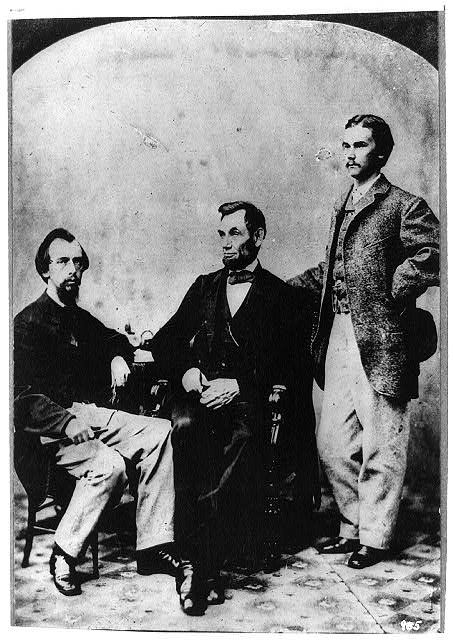 In most of the photos Lincoln sits or stands alone. One has him sitting with his youngest son Tad standing beside him gazing down at the book open in Lincoln’s lap. Perhaps the most intriguing photos are the series taken by Alexander Gardner at Antietam during Lincoln’s post-battle visit to meet with General McClellan. In one, the lanky Lincoln and the diminutive McClellan stare down each other in a group photo with other generals.
In most of the photos Lincoln sits or stands alone. One has him sitting with his youngest son Tad standing beside him gazing down at the book open in Lincoln’s lap. Perhaps the most intriguing photos are the series taken by Alexander Gardner at Antietam during Lincoln’s post-battle visit to meet with General McClellan. In one, the lanky Lincoln and the diminutive McClellan stare down each other in a group photo with other generals.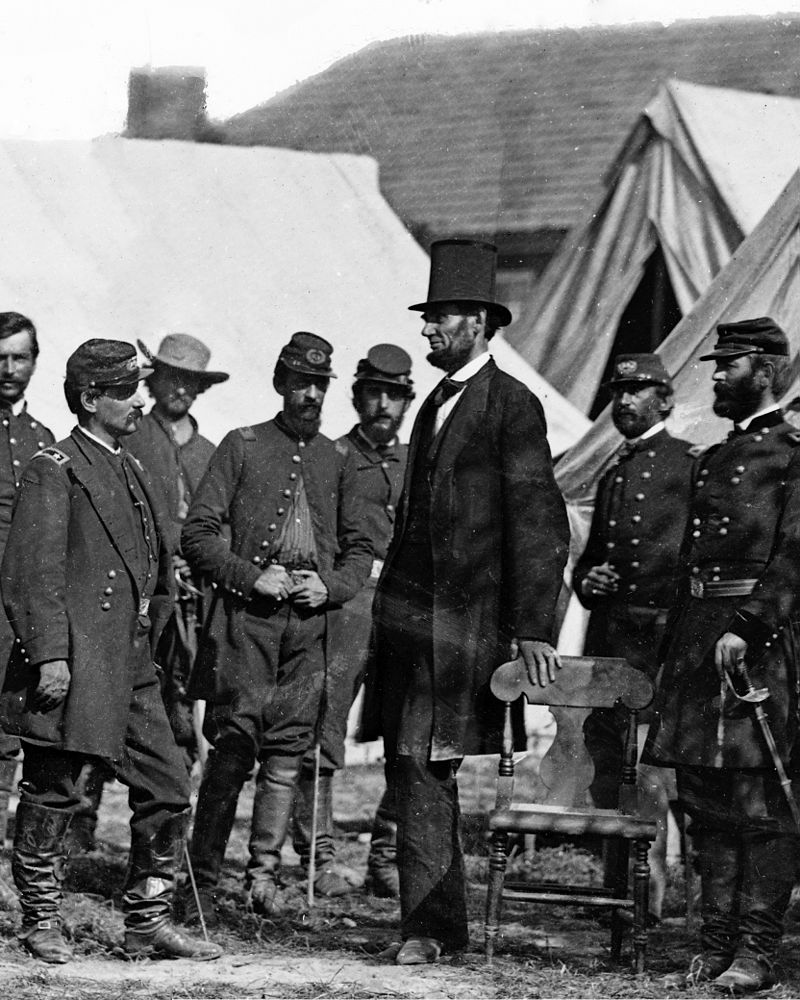 I write about Lincoln and his photographs for a few reasons. It was November 8, 1863 that Lincoln sat for a photo with his two secretaries, John Nicolay and John Hay, standing to either side. I have also recently read two books that look at the photographers most often associated with Lincoln and the Civil War: Matthew Brady and Alexander Gardner. The other of one of the books, Nicholas J.C. Pistor, will be a speaker at the upcoming Lincoln Forum in Gettysburg. The author of the second book, Richard S. Lowry, was a Forum speaker a few years ago. Both books are wonderful reads. I’m also including a section on Lincoln and photography in my “work-in-progress,” so I have a particular interest in this area.
I write about Lincoln and his photographs for a few reasons. It was November 8, 1863 that Lincoln sat for a photo with his two secretaries, John Nicolay and John Hay, standing to either side. I have also recently read two books that look at the photographers most often associated with Lincoln and the Civil War: Matthew Brady and Alexander Gardner. The other of one of the books, Nicholas J.C. Pistor, will be a speaker at the upcoming Lincoln Forum in Gettysburg. The author of the second book, Richard S. Lowry, was a Forum speaker a few years ago. Both books are wonderful reads. I’m also including a section on Lincoln and photography in my “work-in-progress,” so I have a particular interest in this area.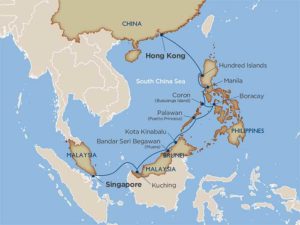 Traveling can take you back in time (as in, history)…or it can take you away in space (as in, geography; so far no actual space travel for me). I’m about to do both.
Traveling can take you back in time (as in, history)…or it can take you away in space (as in, geography; so far no actual space travel for me). I’m about to do both.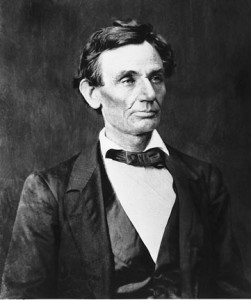 Abraham Lincoln was the Whig candidate in 1846 and, as per a gentlemen’s agreement with other Whigs, served one term as a U.S. Congressman from December 1847 to March 1849.
Abraham Lincoln was the Whig candidate in 1846 and, as per a gentlemen’s agreement with other Whigs, served one term as a U.S. Congressman from December 1847 to March 1849.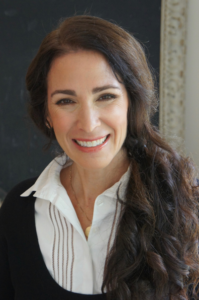 “As our case is new, so we must think anew, and act anew,” said Abraham Lincoln in the midst of the Civil War. “
“As our case is new, so we must think anew, and act anew,” said Abraham Lincoln in the midst of the Civil War. “